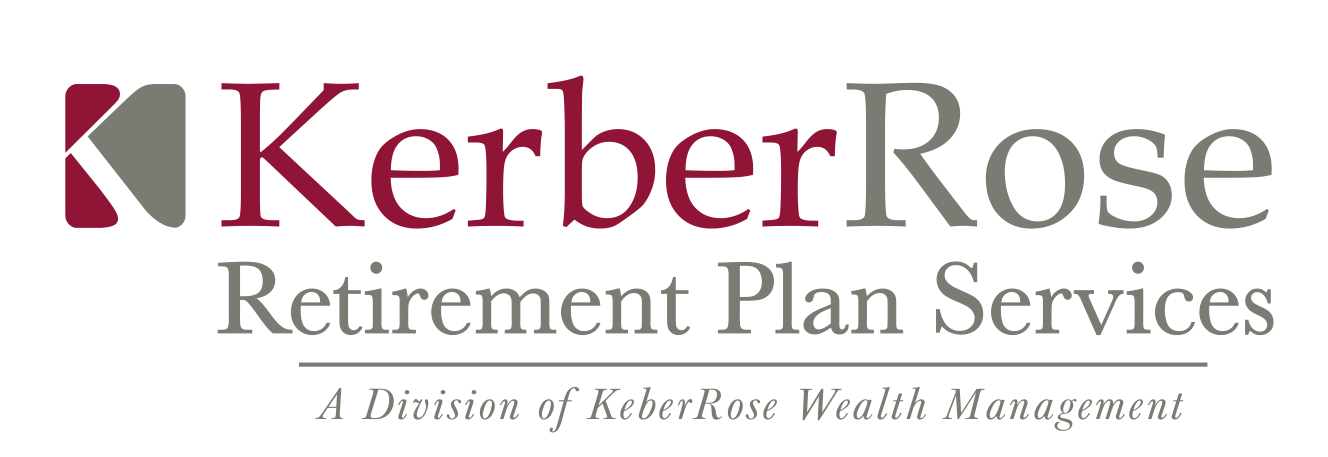A Reminder about the Rules for Hardship Withdrawals. The opportunities to take in-service distributions from retirement plans are limited prior to age 59½. An exception is hardship withdrawals.
Safe Harbor Deadlines
Safe harbor 401(k) plans are the most popular type of 401(k) used by small businesses today. Safe harbor 401(k) plans are a great benefit for all employees: by providing a certain contribution to all eligible staff, business owners, and other highly-paid employees, safe harbor 401k plans allow employees to fully save up to IRS limits ($57,000 for 2020, or $63,500 if over age 50).
Department of Labor - Electronic Disclosure Rules
Safe Harbor Amendments
Employers have seen and continue to see changes in their current business environment. As they explore options to reduce costs, some may find themselves needing to reduce the employer contributions into their retirement plans. A popular 401(k) design option is the safe harbor 401(k) which requires either a non-elective employer contribution or an employer match.
Considering a Traditional Safe Harbor Retirement Plan?
Secure Act Summary
Proposed DOL Rule Makes Electronic Delivery the Default Method for Plan Participant Required Notices
• Electronic delivery has become the norm in the 17 years since the Department of Labor promulgated its safe harbor rules for electronic delivery of required notices under ERISA. It is estimated that eliminating paper notices altogether across the industry would reduce administrative costs by $750 million annually.
• According to the US Census Bureau, almost 80 percent of households now have a desktop, laptop and/or a hand held device, plus an internet subscription. This compares to 1984 when fewer than 10 percent of households had a computer of any type.
• Current law mandates delivery of required notices by a means “reasonably calculated to ensure receipt.” In 2002, the DOL issued two safe harbors known as “wired at work” and “affirmative consent” describing the circumstances under which electronic delivery meets this standard. Following these safe harbors is not a legal requirement but has been industry practice.
• Under the “wired at work” safe harbor, notices may be delivered electronically to participants on company email. For employees not on company email and former employees, consent is required. In practice, this has meant electronic delivery for active employees on company email and the U.S. mail for everyone else.
• The new rule will permit notifying participants how they can access required notices on line. The proposed rule includes standards for maintaining websites.
• Participants will still have a right to paper notices upon request. Once a participant is notified by paper of the right to receive paper all future notices may be electronic.
• The rule is in proposed form. But it appears that going forward the industry standard will be to direct participants to a website where they can view required notices. There will be delivery of a paper notice only at the onset of participation to inform participants of their right to paper notification, or if this is then affirmatively requested by the participant.
Will 2019 be the Year of Retirement Reform – The SECURE Act
It has been 13 years since Congress enacted the Pension Protection Act of 2006, the last piece of major legislation affecting retirement plans. Significant provisions affecting retirement plans were included in various versions of President Trump’s tax reform bill enacted in 2017, but Congress ultimately punted, and none of them made it into the final bill.








